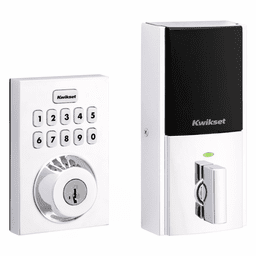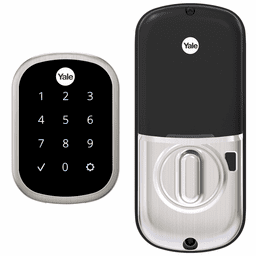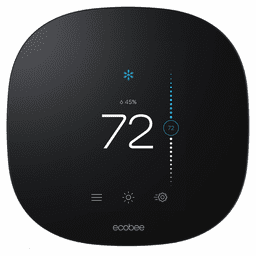Smart Home Automation Devices - GeoArm Security®
Smart Home Technology
for Lights, Locks and Thermostats!
Smart home automation is a cutting-edge technology that revolutionizes the way homeowners interact with their living spaces. By utilizing internet-connected devices and sensors, this system enables users to manage and automate various aspects of their home environment, such as security systems, lighting, heating and cooling systems, and entertainment setups. The integration of these technologies into a centralized hub, like a smartphone app, voice assistant, or dedicated smart home automation hub, offers a seamless and intuitive user experience. This centralized control not only enhances convenience but also provides a heightened sense of security and energy efficiency, allowing homeowners to enjoy a more comfortable and sustainable lifestyle.
The primary objective of smart home automation is to simplify daily life by automating repetitive tasks and enabling remote adjustments to home settings. For example, homeowners can schedule lighting to turn on and off at specific times, adjust thermostats based on occupancy, or receive alerts if unusual activity is detected by security sensors. This level of automation not only saves time but also contributes to energy conservation by optimizing the use of household systems. Additionally, the ability to monitor and control systems like GeoAlarm, Alarm.com, Total Connect, Alula, and Qolsys remotely ensures that homeowners can maintain peace of mind, knowing they can respond to any situation promptly, whether they are at home or away. Smart home automation represents a significant advancement in home management, offering a blend of convenience, safety, and efficiency that enhances the overall quality of life for its users.

Common smart home automation protocols?
1. Z-Wave: Z-Wave is a wireless communication protocol that is designed specifically for use in home automation systems. Z-Wave operates on a low-power mesh network and can be used with a wide range of smart devices, including door locks, lights, and security sensors.
2. Wi-Fi: Wi-Fi is the most common wireless communication protocol used for smart home automation. Wi-Fi enables wireless internet connectivity and can be used to connect smart devices and appliances to the home network.
3. Bluetooth: Bluetooth is a wireless communication protocol that enables short-range connectivity between devices. Bluetooth is commonly used for home automation applications such as smart locks and lighting.
4. Zigbee: ZigBee is a low-power wireless communication protocol that is commonly used for home automation systems. ZigBee operates on a mesh network topology and can be used to connect devices over long distances.









































































